
A ready-to-use insecticide/miticide/acaricide that deals with bugs at all stages of the lifecycle. GET IT HERE
Concentrated insecticide/miticide/acaricide that deals with bugs at all stages of the lifecycle. Must dilute with water. Most economical. GET IT HERE
Ah yes, the dreaded mealybug! We’ve heard lots about these yucky little crawlers on plant forums, Facebook groups and from our customers at the store. Yes, they’re gross. And Yes, they’re annoying. BUT… they’re not a death sentence for your plant. So that’s the good news.
Why They’re Good
Like many of the most common plant pests, mealybugs serve a simple purpose in the greater, overall, ecosystem: they are a source of food to other insects and birds. In the wild, they can also serve as an important check-and-balance for invasive or vigorous plant species, but let’s get real – you don’t need mealybugs in your ecosystem.
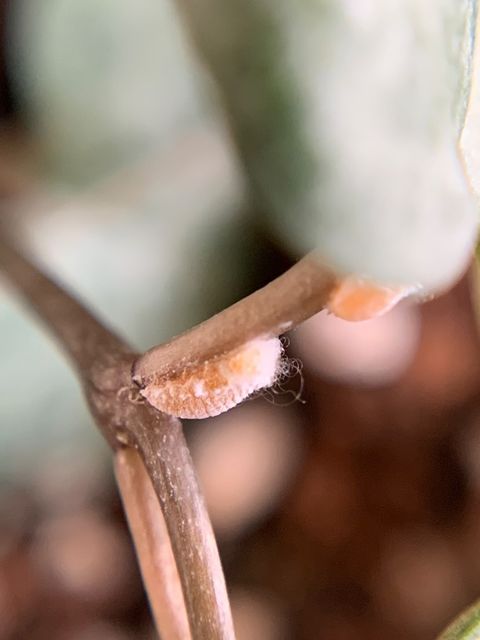
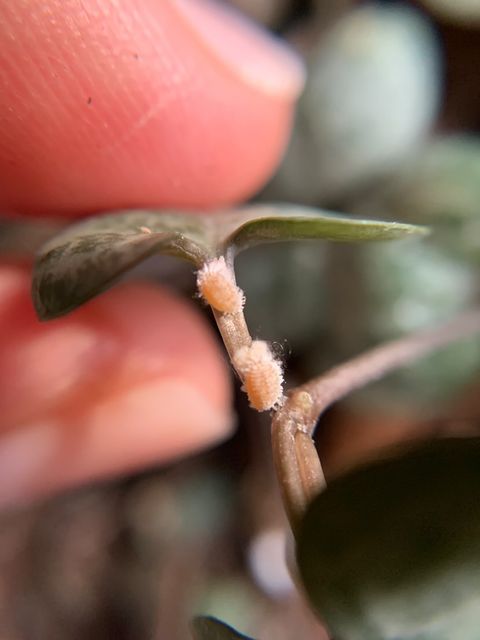
When They’re Bad
The good news is that mealybugs usually don’t do much damage to your plants. In fact, they are more of a nuisance than anything. However, an advanced infestation may cause noticeable damage, so it’s good to deal with these bugs if you spot them.
These sap-suckers are technically a type of mite, and they love plant juice! Generally, they latch on to tender stem tips, and other soft-stemmed areas, where they can easily feed on your plant’s sap. In extreme cases, they can also be a vessel to spread plant disease.
Where & When You’ll Find Them
Mealybugs range in size, depending on species and lifecycle stage. The tiny ones are itty-bitty (almost invisible to the naked eye), and the big ones are plump and noticeable, getting into the ½ cm – 1 cm range.
Typically, you’ll find mealybugs on foliage plants (and occasionally on flowering plants). Because they prefer to feed on stem-tips, you’ll find mealybugs tucked into the crevices of a plant – where the leaf curls in to meet the stem, along the major veins on the underside of the leaf, etc. They tend to start towards the bottom of the plant and work their way up as the population grows, but you won’t generally find them along woody stocks at the base.
Mealybugs are often attracted to plants that have been undisturbed for a long time (i.e. that hoya that’s been around for 30 years), or plant groupings that are kept close together (i.e. greenhouses and grow rooms).
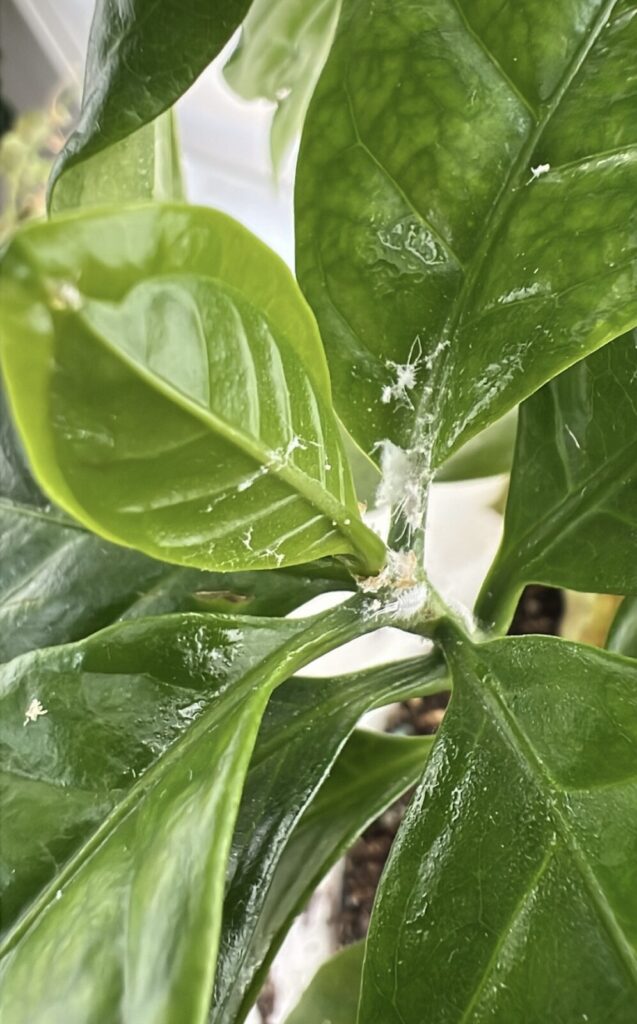
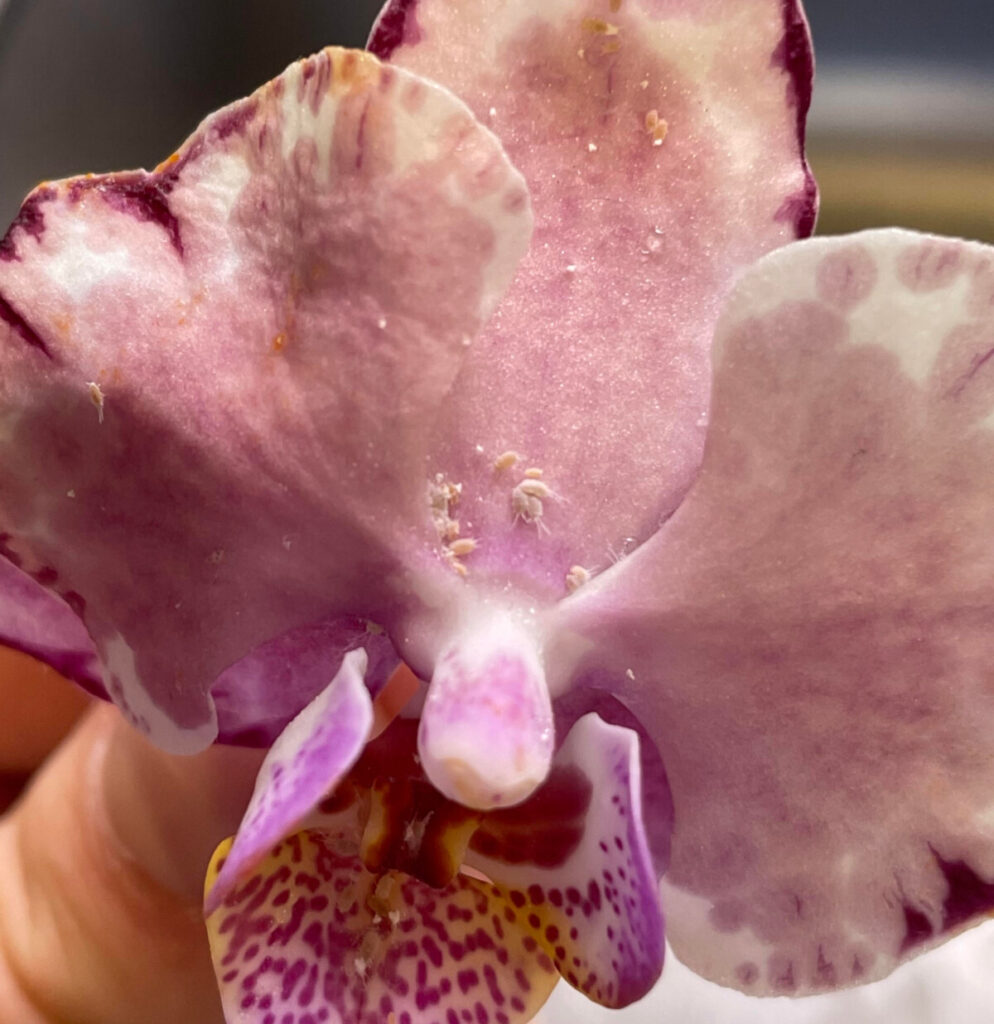
Identifying Mealybugs
While they may look aggressive, mealybugs typically have to be present in large, obvious quantities, before you’ll notice significant signs of damage or stress on your plant. So – you’ll probably see the mealybugs before you notice symptoms on your plant.
If you suspect a mealybug infestation, start by looking for the cottony-clusters they create to protect either themselves, or their eggs.
Mealybugs freak people out because they are good hiders, but if you’re looking in the right places, you should be able to spot them. Start at the bottom of your plant, turn over the leaves, check leaf-to-stem joints and crevices, and keep an eye out for adults.
If you have an advanced infestation, you may notice signs of stress on your plant (weak new growth, stunted growth, wilting, discoloration, leaf drop). If this stress is a result of mealybugs, though, you will definitely be able to find them on your plant.
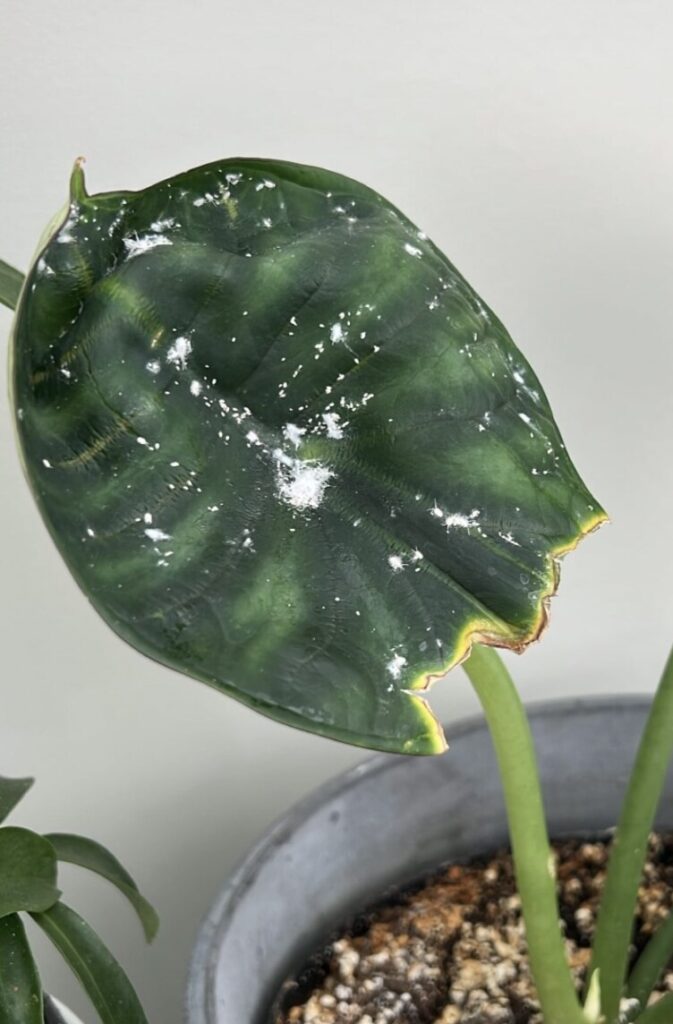
Dealing With Mealybugs
Wipe It Down: Take your plant to the sink or shower, wash it off with water and use a cloth to physically wipe down all the leaves and stems, being as thorough as possible. Afterwards, use a Q-Tip dipped in rubbing alcohol to get into all the tiny crevices and take care of any tiny mealybugs left behind. Wash the outside of the pot really well.
End All: For advanced infestations, you may also want to do an application of Safer’s End-All. Hot tip: Mist your plant with water first, and then spray with End All, which will help the end all run down into the tiny cracks and crevices you cannot see.
Change the Soil: Usually, it’s better not to disturb the roots of your already-stressed plant, but if it’s a really bad infestation, you could consider changing the soil. Though they don’t specifically spend any part of their lifecycle in the soil, if there is a large enough quantity of them, eggs, nymphs or adults could end up falling off the plant and into the soil. Might as well make sure you get them all.
Generations develop anywhere from every 4-12 weeks depending on conditions, so it’s not a bad idea to do another treatment in 12 weeks, or if you see signs of mealybugs again before then.

We are Cochrane & West Calgary’s largest Garden Center, owned-and-operated by plant-loving locals. We’re glad you’re here. You can visit us 7 days a week in store, or online. Get Directions
Get free gardening resources, monthly coupons, and new arrival alerts, straight to your inbox.
Join Now